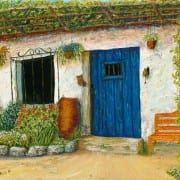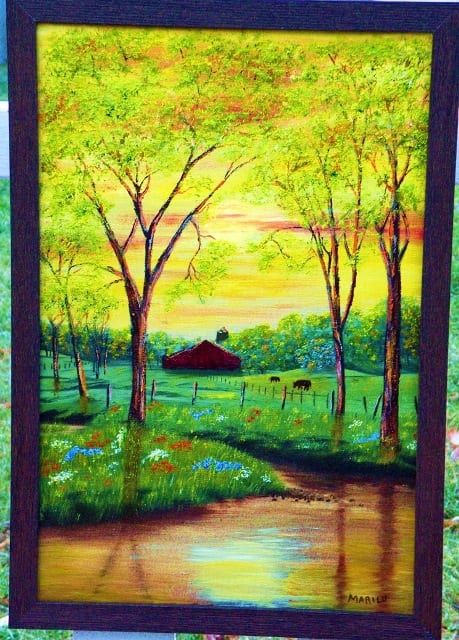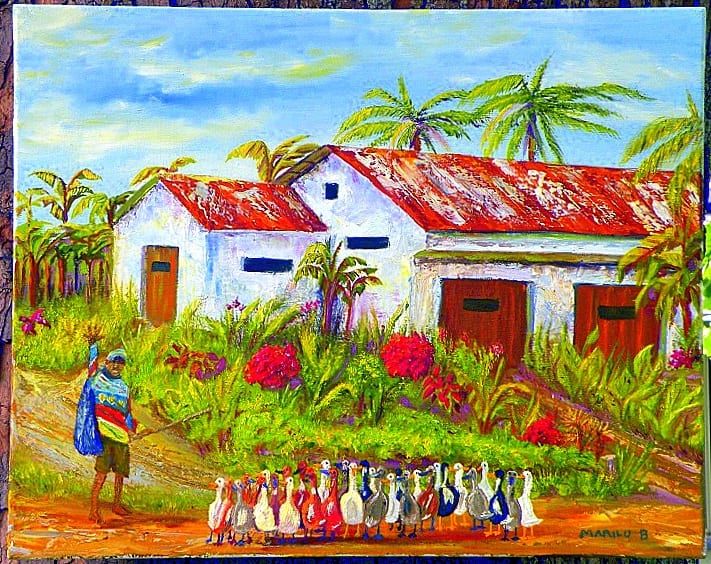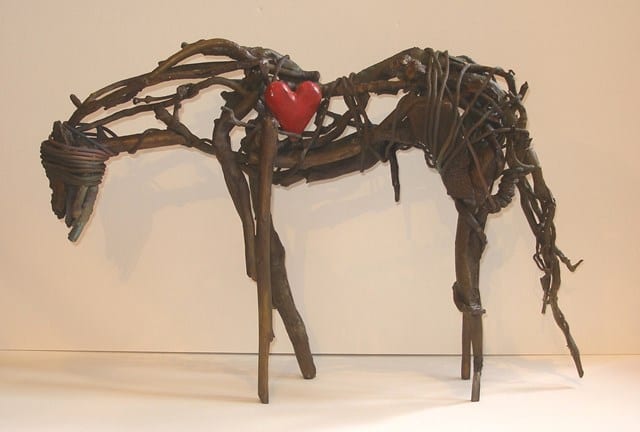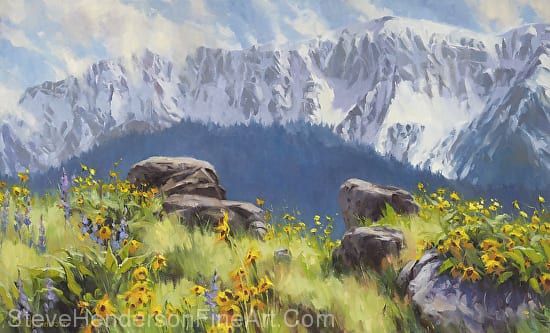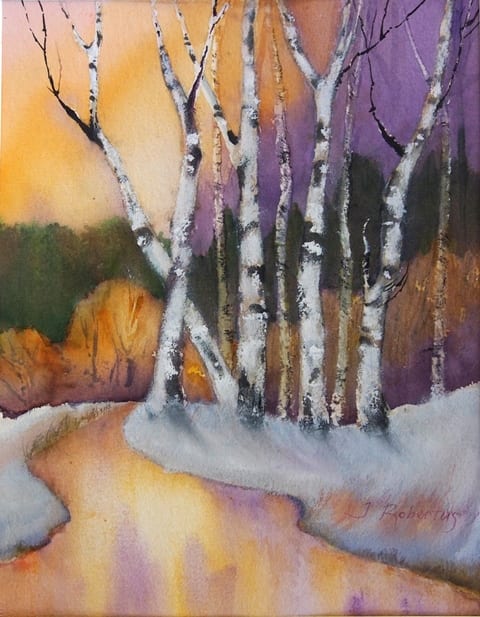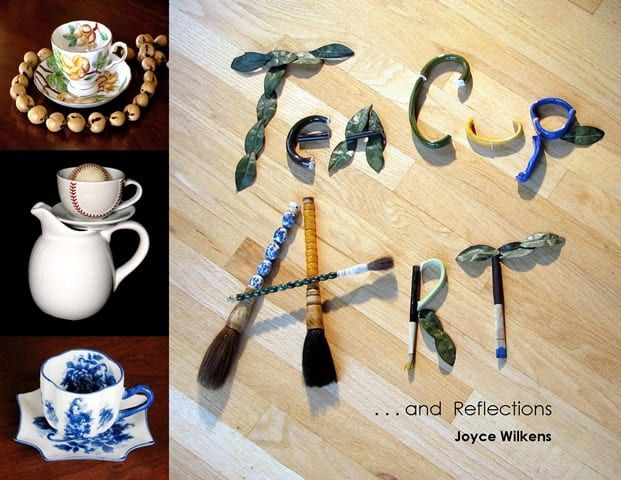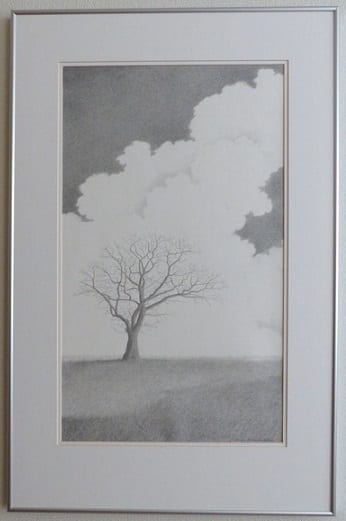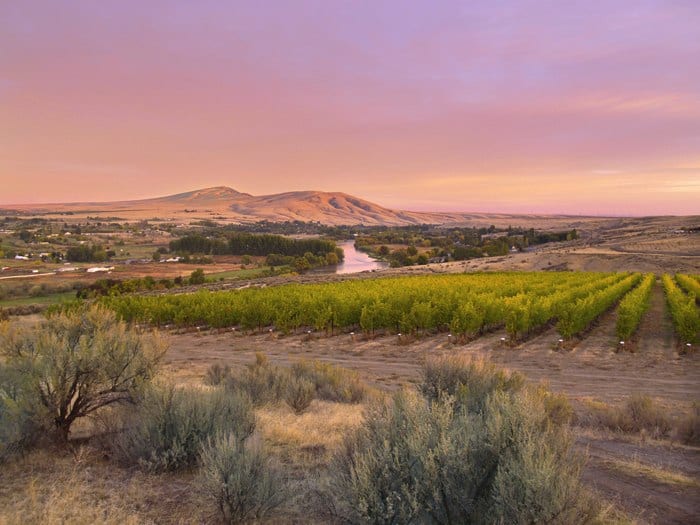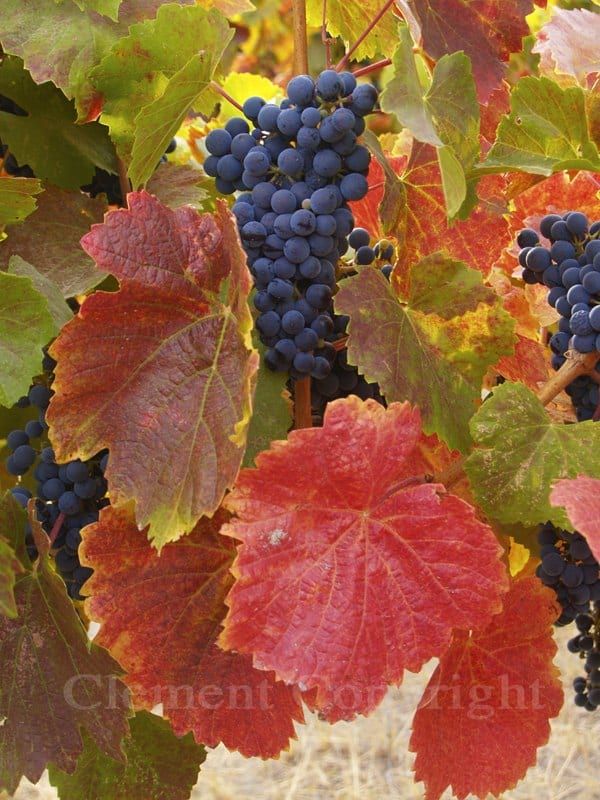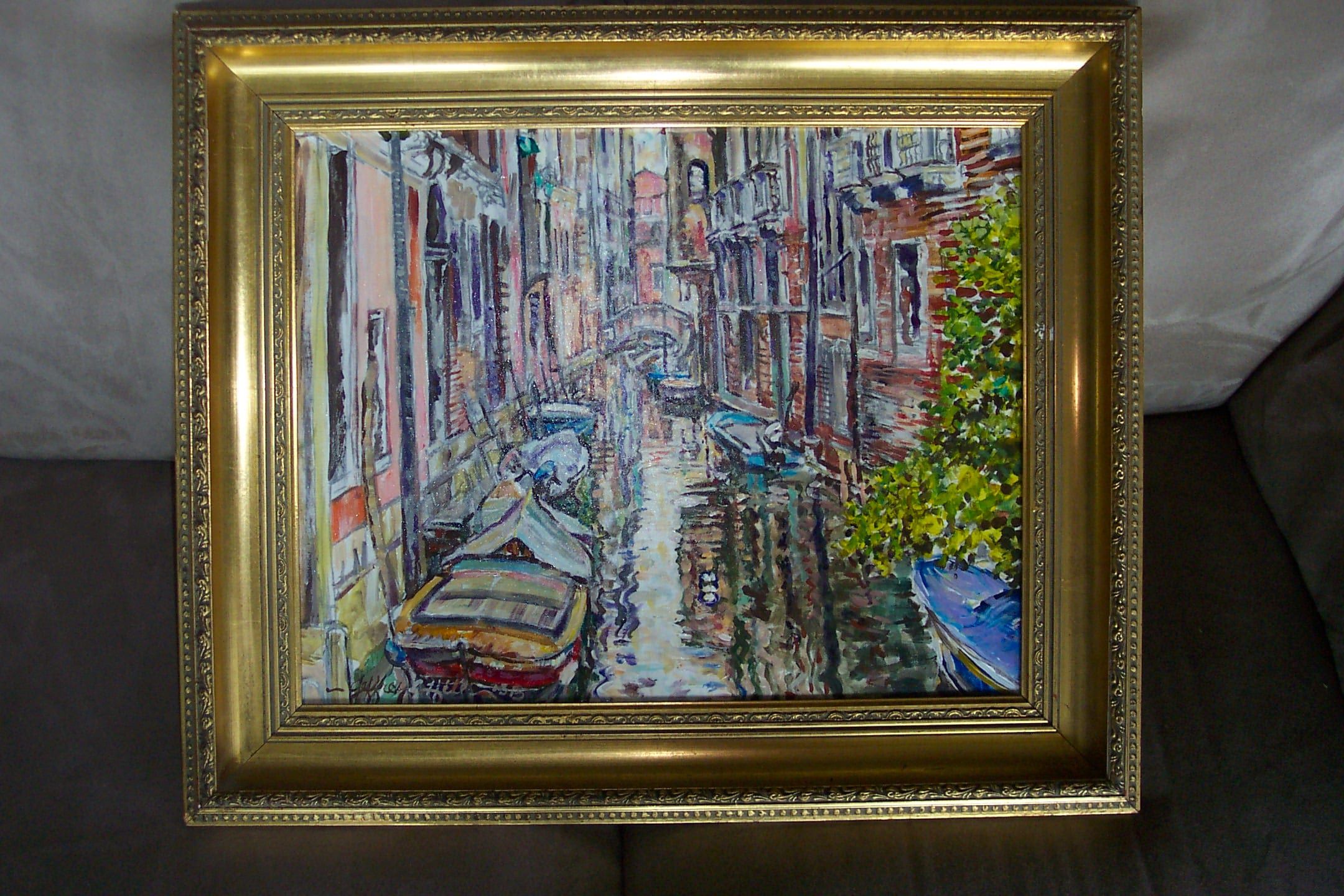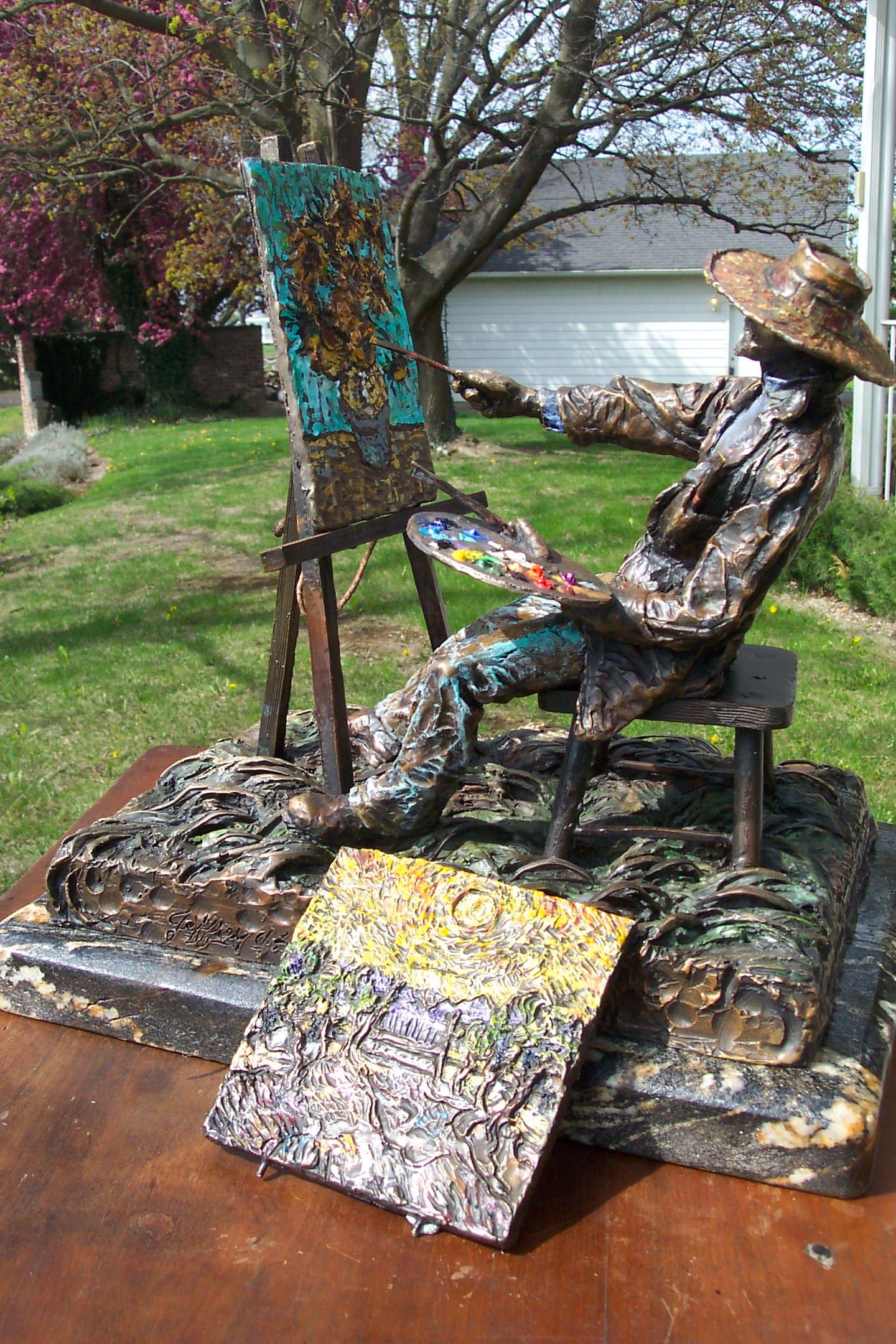Too Busy to Paint, But That’s Never Stopped Her — the Oil Paintings of Marilu Bryan
Most people, in the midst of raising a family on a tight budget, have little time, money, or resources to seriously attack fine art oil painting, but this never daunted Dayton oil painter Marilu Bryan, who has been pursuing her interest in art for more than 40 years.
Off and on.
When she can.
But consistently, sort of.
“When the children were younger I kept my dream of doing art to myself for awhile, but then started to study art, color, and composition in spare moments of time,” Bryan remembers.
“I read library books, researched, and studied in whenever I could; I bought my first set of oil paints and started to paint.”
When Bryan says that she was busy, she means it, and not just the raising three children and three step-children while holding down an assortment of jobs part.
“There was a mother-in-law requiring special attention, a bi-polar brother-in-law who needed a place to go after being evicted from the state of Hawaii for stealing a car.
“There were deaths in the family, a cousin who needed a place to stay at a transitional time in her life and a stream of struggling youth who came into and out of our home through the church youth group we ministered to.”
After the kids were grown and flown, Bryan’s husband, Jon, started an excavating business and needed an office manager. In the midst of this, Bryan’s father was badly injured in a construction accident and fell into a coma, necessitating the temporary dropping of everything else. A son had emergency surgery and skin grafts for cancer. Fulltime and part-time jobs came and went. Somehow, two houses were remodeled.
“But I kept painting,” Bryan says. “At each new start, I fell in love all over again with painting, and learned and grew.
“And the desire, the need to paint, was always there.”
When the day came that the couple moved to a little Beach House in Gig Harbor — “I thought we would stay there forever, and I would have time to paint. And I did for awhile.”
But then a granddaughter needed time and attention.
And a son, teaching in Indonesia, encouraged Marilu and Jon to visit, and “I, working as a travel agent at the time, was able to get us a good deal on tickets to go visit.”
So they began to travel.
“Somehow we started an import business that was fairly unsuccessful but a great adventure. It enabled us to visit our family, to see amazing and wonderful art, intriguing places, and meet fascinating people. But it also demanded huge resources of time and energy.” Painting waited, yet again, for a time when Bryan had more time. When that theoretically looked to happen, with the phasing out of the import business, Jon retired — and threw himself into creating art-sculptured birdhouses and selling them on the art show circuit — joined by Marilu.
“There were times when I thought I would never paint again, that I might have forgotten everything I had learned,” she remembers.
“But Jon always supported me, and he was convinced I would get back to it. In the middle of one of our busiest times — remodeling a house with walls to paint and floors to grout — he bought me a new easel!”
Unsurprisingly, that went over with mixed emotions, and the easel stayed in its box indefinitely. And though the couple moved from the west side of the state to Dayton with intentions to slow down and truly enjoy retirement, the acreage they took on seemed as if it would consume all energy resources they had available. One day, when a son and grandchildren were visiting and admiring the moon rising over the Bryan’s house, Marilu commented, “Someday I’m going to paint that.”
“When?” her son asked.
“That’s when I thought, ‘Wow! I’m 66 years old — if not now, when? I’d better get started!'”
And once she started, she hasn’t stopped. Boldly confident with color, Bryan paints humble places and simple things, some straight from her imagination, others from reference photos she takes of a house, a garden, an old truck. For the first time in her life, she focuses on creating one artwork after another, Jon remaining her biggest supporter and encourager, insisting that she keep painting when she questions if she isn’t being selfish, perhaps, in spending so much time doing something that she loves.
“There are weeds in the flower beds, the house might get messy, but I paint — it’s what I do.
“Psalms 16:5 says it all — ‘The lines have fallen unto me in pleasant places; yea, I have a goodly heritage.”
Marilu Bryan is the featured Art Event Pacific Northwest Artist at Wenaha Gallery, August 25 through September 20, 2014. Come see the exhibit at the gallery’s downtown Dayton, WA location, 219 East Main Street. 
Contact the gallery by phone at 800.755.2124 or e-mail art@wenaha.com. Gallery hours are 9 a.m. to 6 p.m. from Monday through Saturday, and by appointment. Visit the Wenaha Gallery website online at www.wenaha.com.
Wenaha Gallery, located in historic downtown Dayton, Washington, is your destination location for Greenwich Workshop Fine Art Prints, professional framing, and original fine art paintings and sculpture by notable Pacific Northwest artists. Books, gifts, note cards, jigsaw puzzles, and more are also available. Visit at 219 East Main, Dayton; phone 509.382.2124; e-mail art@wenaha.com.
This article was written by Carolyn Henderson.

